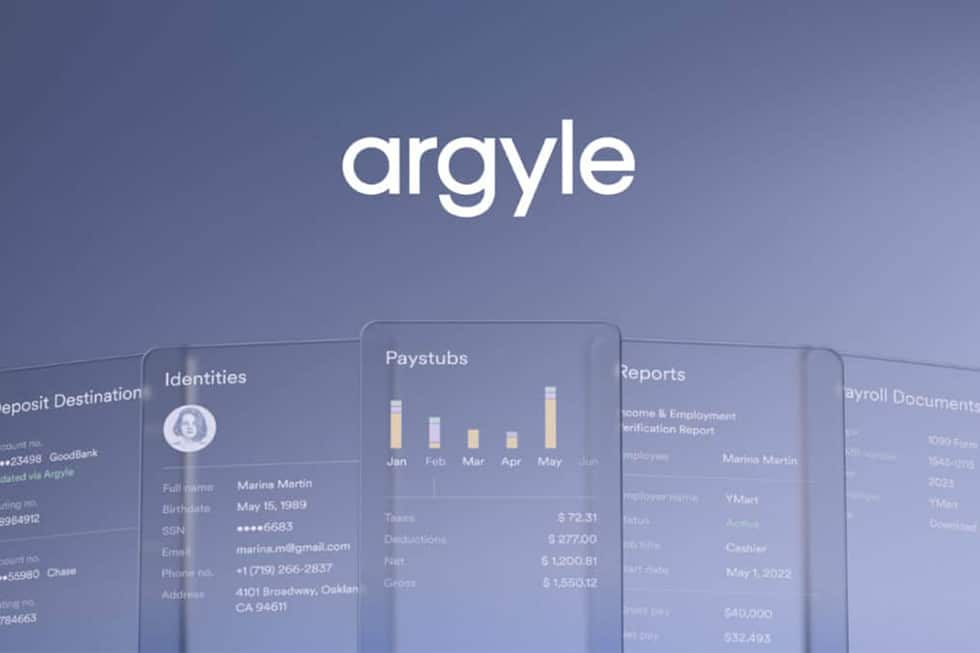It’s a new year, happy 2017 everyone! If you aren’t already calculating ROI for your marketing and PR strategies, today’s a good time to start.
According to Investopedia, the definition of return on investment (ROI) is a performance measure used to evaluate the efficiency of an investment or to compare the efficiency of a number of different investments. To calculate ROI, the benefit (return) of an investment is divided by the cost of the investment and the result is expressed as a percentage or a ratio. Simple, right?
Not really. When it comes to PR and marketing, it can be difficult to tie even a successful campaign back to the bottom line. A marketing campaign is rarely centered on one asset, but more commonly combines a range of activities: creating blog content, producing social media posts, promoting content across a range of platforms, conducting media relations outreach, and so on. In order to determine if your marketing efforts are truly producing their desired results, you need to calculate ROI, and here’s where to start..
- Determine the investment. How much time and money did you put into PR and marketing? Add up the amount of time spent on content creation, promotion, and execution. Then add in the costs of promoting your content in advertisements, on social media, in skywriting, etc. Try not to freak out yet.
- Determine what stage of the funnel your content is serving. A robust campaign is designed to interact with your clients through every stage of the customer experience, from the moment they hear about your product, through the sales cycle, and into customer service. Assess your campaign through the lens of your business development team — are you helping them communicate with targets, prospects and customers? Did you create an e-book aimed at attracting customers, or was it designed to close the deal and sell customers on your product? Know your target audience, figure out how their needs vary at different stages of the buyer’s journey, and craft collateral accordingly.
- Determine the appropriate metric for measuring each marketing asset. Now that you’ve identified exactly who you are targeting and how you want them to respond to your marketing collateral, figure out whether your efforts are actually working. If your e-book is aimed at generating new leads, put tracking codes in place to measure how many people are downloading the e-book, and who they are (prospects? current clients? curious college students?).
- Start tracking. There are dozens of reputable marketing analytics platforms, so weed out the best one for your campaign based on the metrics you’ve already identified. If you’re looking to boost website traffic and search rankings, check out Google Analytics. If you’re more interested in user behavior than straight statistics, check out KISSmetrics. Hubspot will help you integrate your blog, social media, and keywords into a single dashboard. The options might feel overwhelming — if you need advice, we can help.
- Analyze the results. Once you’ve run and tracked your new campaign for a month or two, take a step back and look at the results. Produce monthly analytic reports, and share them with the greater team. How are each of your assets measuring up to expectations? Compare the dollar amount AND time spent on each stage of the campaign to the return each asset achieved. Companies rarely achieve a home run overnight (or even over a quarter!), but if you are spending more than your assets are earning, it may be time to shift your overall strategy to favor the assets that produce the best results.
Calculating the ROI of marketing efforts takes time and dedication, but it will provide valuable insight into your company’s efforts and your customers’ preferences. Whether you dedicate a member of your team or outsource your marketing analytics to another firm, know what it costs, and work for the returns.





